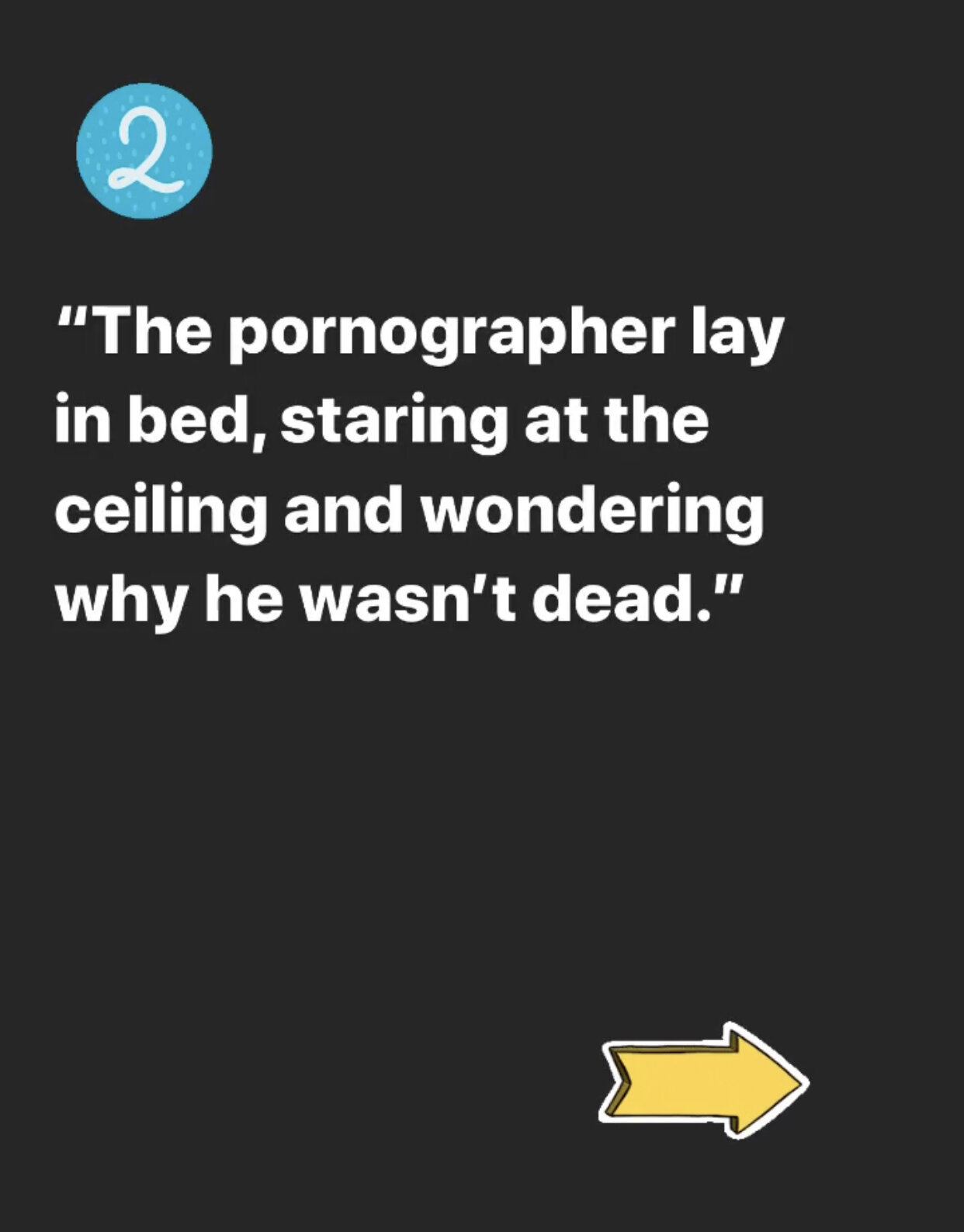Anonymous Was a Sex Worker
City Lights, New York, NY | Photo credit: Susannah Breslin
For my Forbes blog, I interviewed a sex worker about how the COVID-19 pandemic has changed sex work. A veteran escort, she spoke candidly about the emotional and economic hardships faced by her and others, why sex work matters and what we lose when we lose sex workers, and the sisterhood of sex workers.
An excerpt from “A Sex Worker Reveals How the COVID-19 Pandemic Has Changed Sex Work”:
“[Sex work is] a space focused on your personal, intimate needs and sometimes desire to connect to another person without the expectation for reciprocating that kind of care or navigating when your needs are not aligned. For a lot of people, seeing a sex worker is holding that space of vulnerability—plus escapism and fun. I have clients I've seen through hard times, many of whom carry a lot of responsibility in work and in their personal lives, and I got to be the one person where they could say: ‘I'm having a hard time, and all I want is to not think about that for a while.’ Who doesn't need that right now?”
About me. To hire me, read this and then email me here. Subscribe to my newsletter. Follow me on Twitter, Instagram, and LinkedIn. Read The Hustler Diaries here.





















